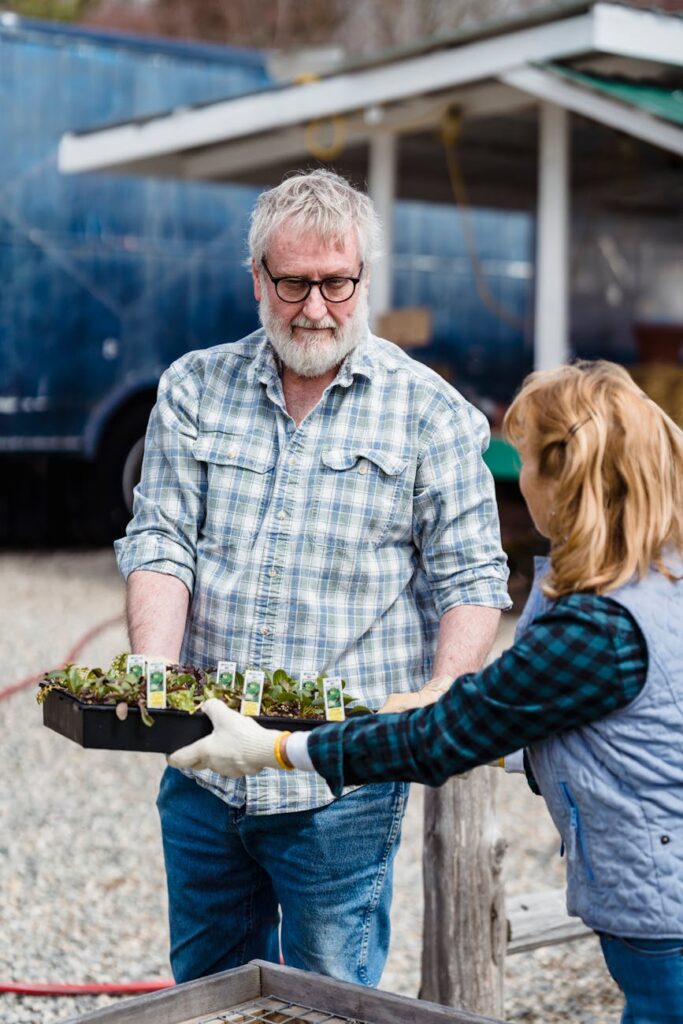Eco-friendly everyday habits: simple sustainable changes for daily life
Introduction
Small, consistent choices shape the environmental impact of our daily lives. This article explores practical, realistic habits you can adopt without major disruption: from smarter shopping and waste reduction to lowering energy and water use, choosing greener transport, and switching to low-impact personal care. Each section builds on the last so you can create a coherent, manageable routine that reduces waste, saves money, and improves well-being. Whether you live alone, with family, or share space with roommates, these sustainable changes are designed to be scalable and measurable. Read on for specific actions, expected benefits, and a simple framework to make eco-friendly habits stick.
Smart shopping and waste reduction
Begin at the point of purchase—the decisions you make in stores and online determine a large portion of your household waste and emissions. Focus on three pillars: buy less, choose durable or refillable items, and prioritize low-packaging or recyclable packaging.
- Plan meals and shop with a list: Reduces impulse buying and food waste. Try a weekly menu to limit perishable oversupply.
- Choose quality over cheap disposables: A reusable water bottle, cloth produce bags, and durable kitchenware pay off both ecologically and economically.
- Opt for refill and bulk options: Cleaning supplies and pantry staples bought in bulk drastically cut packaging waste.
- Prefer minimal or recyclable packaging: When possible, select products with clear recycling labels or compostable packaging.
These choices reduce the need for waste processing and transport, linking directly to lower household emissions and simpler recycling habits covered later.
Energy and water: efficient habits at home
Reducing energy and water use is one of the fastest ways to cut your household environmental footprint and bills. Focus on behavior changes and small upgrades that add up.
- Lighting and appliances: Swap to LED bulbs, unplug chargers when not in use, and use power strips for groups of devices to avoid phantom loads.
- Heating and cooling: Lower the thermostat by 1–2 degrees in winter and raise it in summer; use programmable thermostats or smart controls.
- Water savings: Install low-flow showerheads and faucet aerators, repair leaks promptly, and shorten showers.
- Laundry and dishes: Run full loads, use cold water for washing when appropriate, and air-dry clothes to save energy.
Energy and water steps often require one-time minor investments that pay back quickly. These measures support the waste-reduction choices above by reducing the resources needed to maintain purchased goods.
Transport and commuting choices
How you move affects your carbon footprint dramatically. Small shifts—combined with shopping and home-efficiency improvements—create large cumulative benefits.
- Active transport: Walk or cycle for short trips. This cuts emissions and improves health.
- Public transit and carpooling: Use mass transit where available or organize shared rides for regular commutes.
- Vehicle efficiency: Maintain proper tire pressure, remove excess roof racks, and consolidate errands to reduce fuel use.
- Rethink delivery and shopping frequency: Combine purchases into fewer deliveries and choose carbon-conscious shipping options if offered.
Transport choices also influence shopping behavior: choosing local stores and planning trips reduces both travel emissions and impulse purchases that can lead to waste.
Everyday personal care and clothing
Personal consumption extends beyond groceries and utilities. Clothing, cosmetics, and hygiene products can be adapted for sustainability without sacrificing convenience.
- Extend garment life: Buy timeless, durable pieces; repair rather than replace; and buy secondhand when possible.
- Low-waste grooming: Choose refillable razors, bamboo or metal toothbrushes, and solid shampoo bars to cut packaging.
- Conscious product choices: Look for biodegradable ingredients, minimal packaging, and certified labels that match your values.
- Reduce microplastic release: Use a microfiber-catching laundry bag for synthetic clothes and wash less often when safe.
These personal choices connect back to waste and energy: longer-lasting clothing reduces production impacts; low-packaging personal care complements bulk shopping and lowers trash.
Putting habits into routine and tracking progress
Change lasts when it’s simple, tracked, and rewarded. Create a routine that stitches together shopping, home efficiency, transport, and personal-care habits.
- Start small: Adopt one habit each month rather than overhaul everything at once.
- Use visible cues: Place reusable bags by the door, keep a water bottle on your desk, or set a weekly reminder to check the thermostat.
- Track impact: Measure simple metrics like waste volume, energy bills, shower time, or miles driven. Seeing progress motivates continuation.
- Build social support: Share goals with housemates or friends and swap tips or hand-me-downs to magnify benefits.
A practical tracker integrates data from the table below to estimate annual savings from a few common changes. Use it as a starting point and adjust for your local context.
Estimated annual savings from simple habits
| Habit | Typical change | Approx. annual energy or water saved | Approx. annual CO2 saved | Estimated money saved (USD) |
|---|---|---|---|---|
| Switch to LED bulbs | Replace 10 bulbs | ~500 kWh | ~250 kg CO2 | $60–$120 |
| Shorten showers | Save 2 minutes per shower | ~15,000 liters water | ~150 kg CO2 (if hot water) | $40–$100 |
| Bike 2 days per week | Replace short car trips | Fuel saved: ~200 liters | ~450 kg CO2 | $200–$500 |
| Reduce food waste | Cut waste by 25% | Less embodied energy in wasted food | ~300 kg CO2 | $300–$600 |
Conclusion
Adopting eco-friendly everyday habits is about consistency, not perfection. Start with smart shopping and waste reduction to curb what enters your home. Pair that with energy and water efficiency to lower ongoing resource use. Make transport choices that reduce fuel consumption, and select personal-care and clothing habits that minimize packaging and product turnover. Finally, embed these changes into routines and measure progress to stay motivated. Together, small actions compound into meaningful environmental and financial savings. Choose one habit to begin with, track a simple metric, and expand gradually—over time these sustainable choices become second nature and deliver real impact.
Image by: Beyzaa Yurtkuran
https://www.pexels.com/@beyzaa-yurtkuran-279977530




